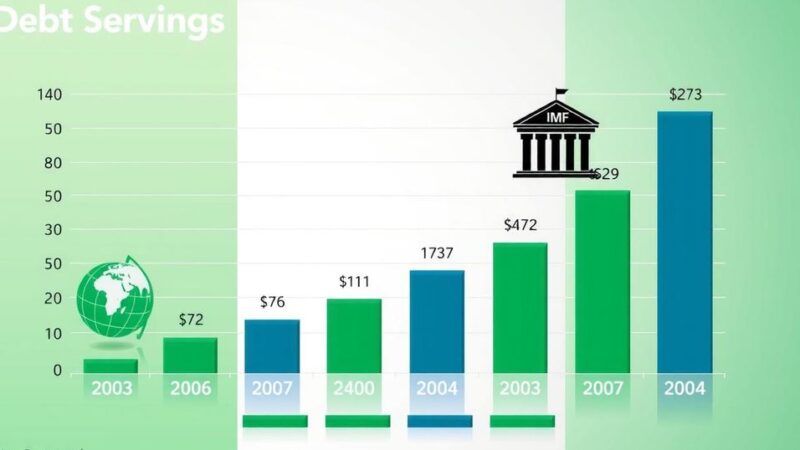The rising soybean prices in Zambia and Malawi, driven by market concentration and climate challenges, threaten the poultry industry. Small-scale producers, particularly vulnerable to price fluctuations, struggle with higher feeding costs. The need for a competitive market structure and regulatory interventions emphasizes the importance of sustainable poultry production in the region as demand grows significantly.
In East and Southern Africa, poultry represents a crucial and affordable protein source for the growing population. Given the importance of soybeans in chicken feed, soybean production and pricing significantly influence poultry industry costs in Zambia and Malawi. These costs are particularly burdensome for small-scale producers, who rely on the open market for feed and struggle to remain competitive due to fluctuating prices dictated by larger operators.
Zambia and Malawi are prominent soybean producers in the region, but both faced severe challenges in 2024, significantly affecting poultry production. Zambia experienced a dramatic 74% drop in soybean output due to adverse climate conditions and poor pricing agreements that discouraged farmers from planting. While Malawi’s production fell by only 20%, a corresponding 48% increase in soybean prices since May 2024 exacerbated the situation, with prices surpassing those in Zambia despite sufficient export-quality yields.
The African Market Observatory conducts essential research into market dynamics, revealing that concentration and monopolistic practices among large soybean buyers have contributed to significant price increases and lowered production levels. The influence of climate change further complicates these market factors.
In Zambia, low buyer prices led farmers to significantly reduce their soybean plantings for the 2024 season. The market’s concentration resulted in restricted competition, greatly impacting profitability for smallholders. Conversely, Malawi’s relatively less severe decline in production still resulted in soaring prices, highlighting the need for a more competitive pricing structure to support poultry producers.
Poultry, recognized for its environmental efficiency and affordability, must navigate these challenges, particularly with demand projected to quadruple by 2050. Many small independent producers are particularly vulnerable to price fluctuations. High feed costs in Malawi have already forced some to operate at a loss, challenging their viability in the near future.
From 2020 to 2023, Zambia’s soybean production had dramatically increased but collapsed in 2024 due to sustained low prices that deterred planting. This decline is compounded by limited storage facilities, forcing immediate sales to processors who exert substantial control over market price dynamics.
Malawi’s soybean prices surged to record highs, driven by a concentrated trading environment that lacks competition. Despite the government imposing export controls to stabilize prices, this has not mitigated the upward trends, underscoring the detrimental effects of a concentrated market structure on local producers. In contrast, Zambia’s prices leveled off primarily due to imports and existing soymeal surpluses in the market.
The continuing challenges witnessed in both nations underscore the critical need for regulatory measures addressing market concentration to sustain poultry production. While Zambia is undertaking an inquiry into its poultry market, a comprehensive regional strategy is essential to promote competition and ensure the sustainability of the poultry industry across East and Southern Africa.
In summary, the poultry industry in Zambia and Malawi faces significant challenges due to rising soybean prices and market concentration. The dramatic decline in soybean production directly impacts the affordability of poultry feed, disadvantaging small-scale independent producers. Addressing competitive barriers and market dynamics is crucial for securing the viability of poultry production in the region as demand escalates. A coordinated regional approach is essential to mitigate these issues and enhance food security in East and Southern Africa.
Original Source: theconversation.com






